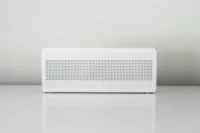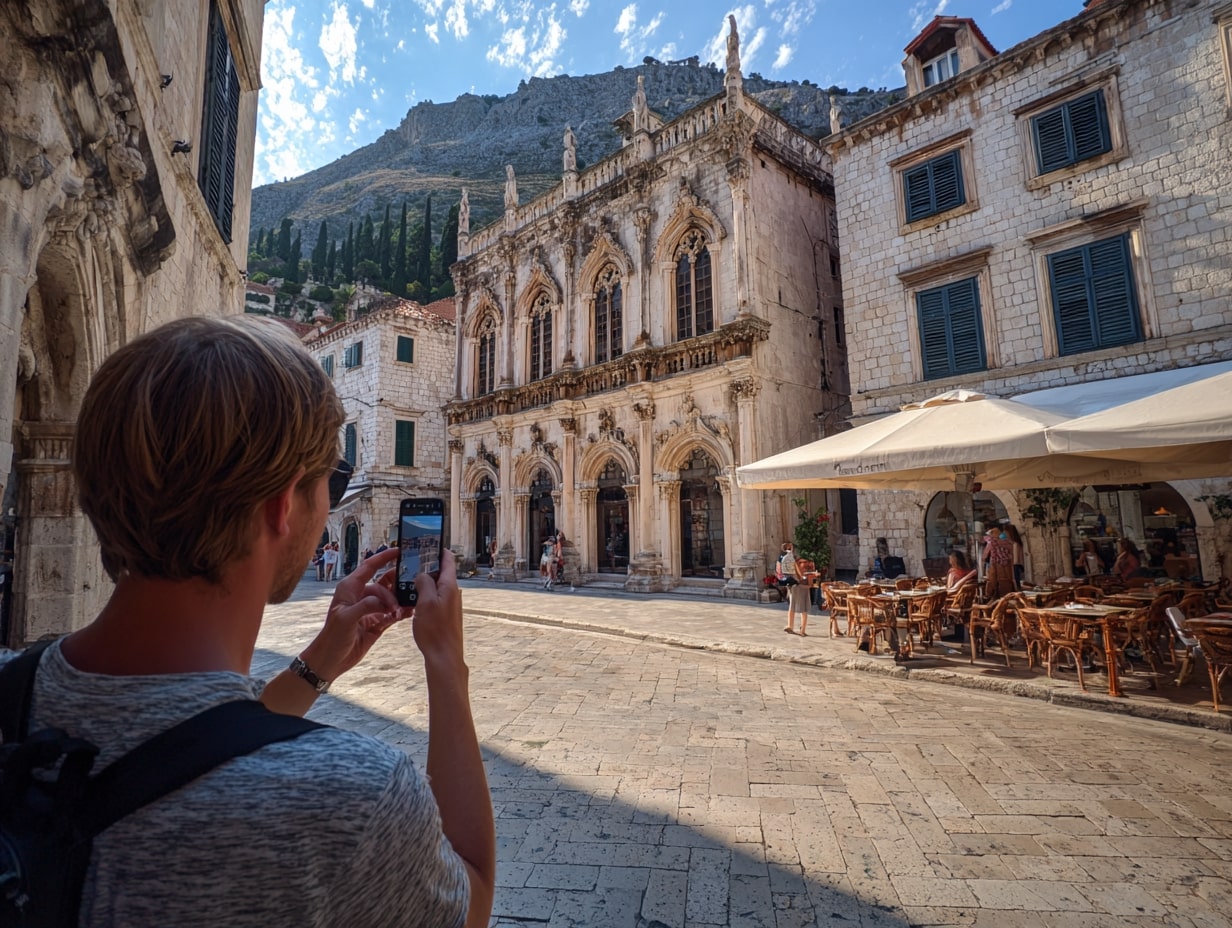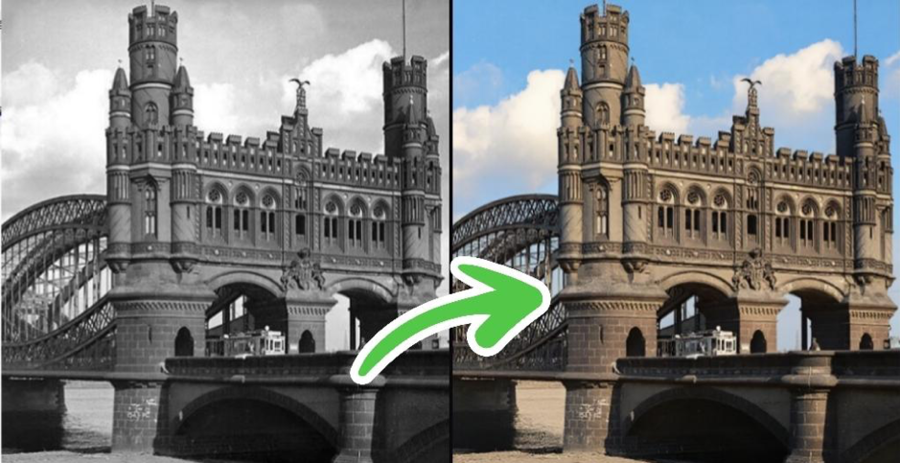- Home
- Articles
- Architectural Portfolio
- Architectral Presentation
- Inspirational Stories
- Architecture News
- Visualization
- BIM Industry
- Facade Design
- Parametric Design
- Career
- Landscape Architecture
- Construction
- Artificial Intelligence
- Sketching
- Design Softwares
- Diagrams
- Writing
- Architectural Tips
- Sustainability
- Courses
- Concept
- Technology
- History & Heritage
- Future of Architecture
- Guides & How-To
- Art & Culture
- Projects
- Interior Design
- Competitions
- Jobs
- Store
- Tools
- More
- Home
- Articles
- Architectural Portfolio
- Architectral Presentation
- Inspirational Stories
- Architecture News
- Visualization
- BIM Industry
- Facade Design
- Parametric Design
- Career
- Landscape Architecture
- Construction
- Artificial Intelligence
- Sketching
- Design Softwares
- Diagrams
- Writing
- Architectural Tips
- Sustainability
- Courses
- Concept
- Technology
- History & Heritage
- Future of Architecture
- Guides & How-To
- Art & Culture
- Projects
- Interior Design
- Competitions
- Jobs
- Store
- Tools
- More
Choosing the Right Lens for Architectural Photos: Tips for Perfect Shots Every Time
Discover how to elevate your architectural photography with the perfect lens. This guide explores lens types, from wide-angle to tilt-shift, and their impact on perspective, detail, and storytelling. Learn to handle distortion, optimize composition, and choose lenses that match your style, budget, and creative goals for stunning, authentic architectural images.

Capturing the essence of architecture through photography isn’t just about pointing and shooting—it’s about understanding how to frame the story each structure tells. The lens we choose plays a pivotal role in shaping that narrative, influencing everything from perspective to detail. Whether it’s a towering skyscraper or a quaint historical building, the right lens can make all the difference.
As photographers, we know the challenges of balancing distortion, lighting, and composition when shooting architecture. With so many lens options available, it can feel overwhelming to pick the one that truly complements our vision. That’s why understanding the unique qualities of each lens type is key to creating stunning architectural shots.

Table of Contents
ToggleImportance Of Choosing The Right Lens For Architectural Photos
Selecting the right lens transforms how architectural structures are presented. Lenses influence perspective, framing, and the ability to capture intricate details or expansive views accurately. Using an unsuitable lens can distort lines, misrepresent proportions, or omit essential design elements.
Wide-angle lenses, for example, emphasize space and exaggerate depth, making them ideal for interiors or confined areas. However, they may also cause distortion if not managed carefully. Tilt-shift lenses correct perspective distortion, particularly for tall buildings, keeping vertical lines straight while allowing precise framing. Prime lenses, with their fixed focal lengths, offer unmatched sharpness, making them suitable for documenting textures and architectural details.
Focal length impacts composition and storytelling. Shorter focal lengths capture more context and are useful for large exteriors, while longer focal lengths isolate specific features, emphasizing architectural design. Each lens type offers unique capabilities, directly affecting the creative and technical outcomes of architectural photography. Proper selection helps preserve a structure’s authenticity and aesthetic appeal.
Types Of Lenses For Architectural Photography
Architectural photography benefits from lenses that enhance specific features of structures and their surroundings. Each lens type offers unique capabilities, making some more suitable for certain scenarios than others.
Wide-Angle Lenses
Wide-angle lenses capture expansive views, ideal for showcasing large structures or interior spaces. These lenses, with focal lengths between 14mm and 35mm, emphasize scale and depth while fitting more of the scene into the frame. Distortion at the edges may occur, which can exaggerate perspective or affect image accuracy.
Tilt-Shift Lenses
Tilt-shift lenses provide precision by correcting perspective distortion common in tall buildings. These lenses shift the optics relative to the sensor, maintaining straight vertical lines in the image. With their manual adjustments, they allow centering compositions and capturing architecture without skewed proportions.
Prime Vs. Zoom Lenses
Prime lenses offer fixed focal lengths, delivering sharpness and detail for documenting textures or intricate features. Zoom lenses provide flexibility, covering ranges like 16-35mm, enabling quick adjustments to framing without changing lenses. Both types serve architectural photography; the choice depends on the balance of resolution quality and framing versatility required.

Key Features To Consider When Choosing A Lens
Selecting the right lens for architectural photography involves evaluating specific features that directly impact image quality and composition. Each feature contributes to capturing accurate, visually compelling architectural images.
Focal Length
Focal length determines the field of view and framing, making it a crucial factor for architectural lenses. Wide-angle lenses with focal lengths from 14mm to 35mm are excellent for capturing entire buildings or interiors, offering expansive perspectives. For isolating details or zooming in on architectural elements, mid-range (50mm) and telephoto lenses (85mm or more) are more appropriate. Matching the focal length to the subject enhances composition and storytelling.
Aperture
A wide aperture, such as f/2.8, facilitates better performance in low-light conditions, often encountered in interior photography. Most architectural images, however, benefit from narrower apertures, like f/8 or f/11, to maximize depth of field and keep all elements in focus. Fixed apertures, common in high-quality lenses, provide consistent exposure while adjusting focal lengths.
Distortion Control
Minimizing distortion is essential for architectural photography to maintain realistic lines and proportions. Barrel distortion, frequently seen with wide-angle lenses, makes straight lines appear curved. Tilt-shift lenses are superior for precise distortion correction, allowing adjustments to keep vertical lines straight and perspective accurate. Ensuring low distortion preserves the integrity of the structure’s design.
Build Quality And Durability
Durable construction enhances a lens’s reliability in various conditions. Weather-sealed lenses withstand outdoor shoots, protecting against dust and moisture. High-quality materials, like metal bodies, extend usability and ensure consistent performance. Investing in durable lenses is crucial for long-term architectural photography projects and demanding environments.

Tips For Selecting The Best Lens For Your Needs
Choosing the right lens requires thoughtful consideration of shooting preferences, financial constraints, and product testing. These factors ensure the lens aligns with creative and practical requirements.
Understanding Your Shooting Style
Identifying your shooting style helps match lens characteristics to creative objectives. Wide-angle lenses suit photographers aiming to capture expansive interiors or tall structures in tight spaces. For those focusing on intricate textures or isolated architectural elements, telephoto or prime lenses provide sharper detail and controlled framing. Tilt-shift lenses are ideal for maintaining perspective accuracy, especially when photographing high-rise buildings or symmetrical facades. Evaluating how you typically shoot, such as emphasis on details or entire structures, informs the most appropriate lens choice.
Assessing Your Budget
Budget considerations balance technical performance with affordability. High-quality lenses, like tilt-shift models or fast primes, often come with premium costs. Wide-angle lenses may offer versatility at varying price points, but advanced features, like superior distortion control or weather resistance, increase price tags. Planning for long-term use may justify investing in durable, weather-sealed lenses for professional applications. Consider prioritizing essential features that align with your photographic goals to optimize spending.
Testing Before Buying
Testing ensures a lens meets practical and creative expectations. Examine image quality, checking for potential distortions, chromatic aberrations, or softness at different apertures. Evaluate how the lens handles perspective by photographing tall or wide structures. Using rental services or testing in-store allows hands-on experience without committing to a purchase. Always check lens compatibility with your camera body during testing to confirm functionality. Visible results provide confidence in making an informed purchase decision.

Recommended Lenses For Architectural Photography
The right lens enhances creativity and precision in architectural photography by ensuring accurate representation of structures. Based on the type of architecture and budget, different lenses serve specific purposes.
Best Lenses For Interiors
Interior photography benefits from lenses that capture wide perspectives and fine details in low-light conditions. Wide-angle lenses, with focal lengths of 16mm to 24mm, work well for encompassing entire rooms or tight spaces. Examples include the Canon EF 16-35mm f/4L and Nikon AF-S 14-24mm f/2.8G. Tilt-shift lenses, like the Canon TS-E 17mm f/4L, ensure vertical lines remain straight when shooting high ceilings or complex interiors. Fast prime lenses, such as the Sigma 24mm f/1.4 Art, excel in low-light environments by offering wide apertures for maximum light intake and depth of field control.
Best Lenses For Exteriors
Exterior photography requires lenses that balance wide angles for cityscapes and focal length versatility for details. Tilt-shift lenses, like the Nikon PC NIKKOR 19mm f/4E ED, minimize perspective distortion, making them ideal for tall buildings. Wide-angle zoom lenses, such as the Sony 16-35mm f/2.8 GM, provide flexibility when capturing expansive views of urban or natural surroundings. Telephoto lenses with focal lengths of 70mm to 200mm, like the Canon EF 70-200mm f/4L IS, highlight intricate façade details or isolate architectural elements from their environments.
Best Affordable Options
High-quality yet affordable lenses make architectural photography accessible. Tokina AT-X 11-16mm f/2.8 delivers sharp wide-angle results under $500, suitable for both interiors and exteriors. Rokinon Tilt-Shift 24mm f/3.5 ED provides perspective correction at a lower cost than equivalent brand-name models. Tamron 10-24mm f/3.5-4.5 is another budget-friendly option offering versatility across wide focal lengths. These lenses combine performance with affordability, making them ideal for enthusiasts or those new to architectural photography.
Conclusion
Selecting the right lens is a critical step in capturing striking architectural photographs. Different structures, environments, and creative goals dictate the choice of lenses. Wide-angle lenses excel at showcasing interior spaces and large exteriors, while tilt-shift lenses maintain clean lines and correct perspective distortions. For capturing intricate details, prime lenses offer exceptional sharpness, and zoom lenses provide framing flexibility.
Considering features like focal length, aperture, and distortion control ensures that the lens aligns with the desired outcomes. Matching lens characteristics to individual shooting styles and balancing technical quality with budget gives photographers the tools to bring architectural stories to life. By understanding lens functionality and testing options before purchasing, we boost creative precision and accuracy in our work.
- architectural angles and perspectives
- architectural photo editing for beginners
- architectural photography basics.
- architectural photography equipment
- architectural photography lighting
- architectural photography settings
- architecture photography composition
- architecture photography course
- building photography for beginners
- essential architectural photography tips
- interior architectural photography guide
- learning architectural photography
- mastering architectural photography
- step-by-step architecture photography
- tips for shooting architecture
Submit your architectural projects
Follow these steps for submission your project. Submission FormLatest Posts
Famous Architectural Photographers You Should Know
Famous architectural photographers you should know—Stoller to Baan. Learn their styles, what...
How to Restore Old Photos of Historical Buildings with AI Tools
Introduction To restore old photos is essential since these contain invaluable memories,...
From Las Vegas to Rome: A Visual Journey by Iwan Baan at Princeton University
The Princeton University School of Architecture presents “From Las Vegas to Rome”...
Unlocking the Art of Architectural Photography: Techniques, Tips, and Equipment Guide
Explore the captivating world of architectural photography in our latest article. Discover...












Leave a comment